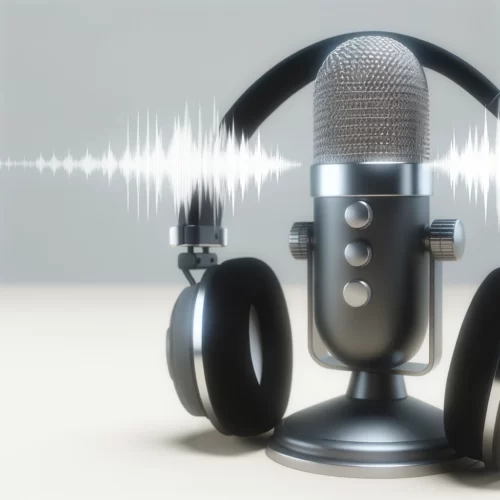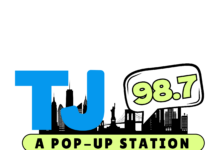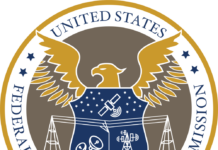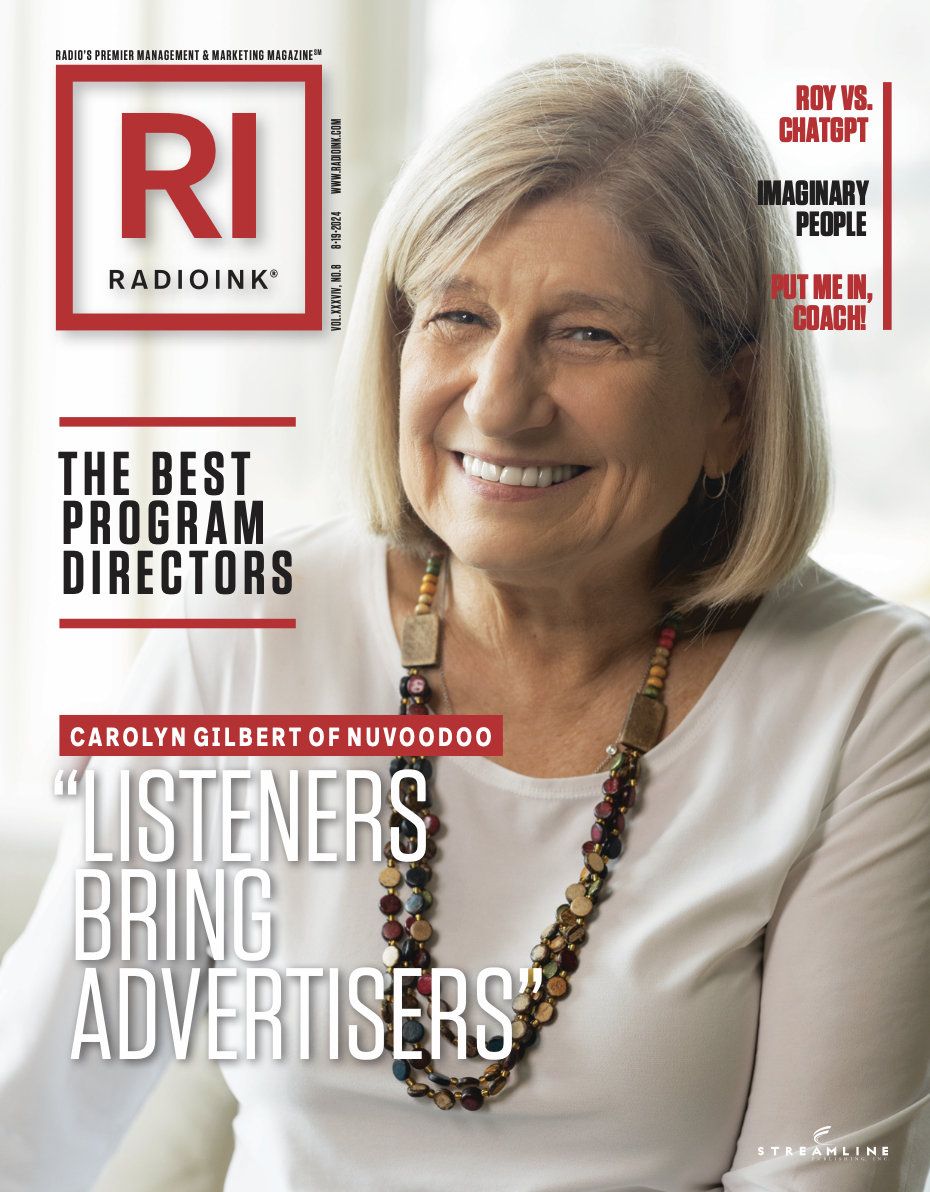
As radio’s top companies make podcasts a cornerstone of their digital revenue strategies, a new study is suggesting that the industry may be bringing one of its long-standing issues to the medium: increased ad loads and potential dilution of ad effectiveness.
The study, conducted by Oxford Road and Podscribe, has revealed that the podcasting industry is now grappling with an ad saturation that mirrors traditional radio. This research, spanning six months and involving 164 advertisers across over 1,300 shows, sheds light on the delicate balance on audio’s battle between monetization and maintaining listener engagement.
Data from Podscribe indicates a 39% increase in ad load from early 2021 to mid-2024. The average ad load among the top 50 podcasts, as per the Apple Podcast Ranker, now stands at 10.2%, with some programs pushing the envelope to 25%, aligning more closely with commercial radio and TV norms.
Despite a general audience tolerance for ads, with only 9% of podcast listeners reporting minimal tolerance according to Sound Profitable’s “Ad Nauseam” study, there is a critical threshold beyond which engagement begins to wane. Notably, 68% of listeners at least partially engage with ads, reflecting a significant potential for ad impact.
The study categorically found that podcasts with ad loads under 15% maintained higher engagement rates. Specifically, visitor rates showed a marked decline from 0.3% to between 0.2% and 0.25% as ad loads increased – a drop of roughly 25%. This trend was mirrored in the funnel’s lower ends, where purchase rates fell by 10%, correlating with an increase in ad load from 6% to 10%, and a 31% rise in cost per purchase as ad loads reached 15%.
To optimize effectiveness, the report recommends maintaining ad loads at a maximum of 6% of content minutes, with increases up to 10% requiring discounts to offset potential declines in ad efficacy. Oxford Road advises publishers to leverage host-read endorsements judiciously, suggesting a cap on personal endorsement inventory at two sets of two 60-second mid-roll units per hour, complemented by equivalent pre and post-roll ads.
In conclusion, while the podcast industry continues to evolve alongside radio, ad load management could help both platforms’ unique position in the media landscape, ensuring maximum viability for advertisers while maintaining its appeal to listeners.
More details from the study can be found here.










nyuk-nyuk-nyuk.
Traditional radio runs between 12 and 20 minutes of commercial content in a given hour. The 6% recommendation of the study works out to 3.6 minutes per 60-minute hour. Even if expanded to 10%-that’s 6 minutes. Would that ever work with AM/FM? Would podcasts ever make any money with that advice? A successful business needs to offer some positive return. This study, from a consumer standpoint, spells out their formula for success. Account executives may differ.
great